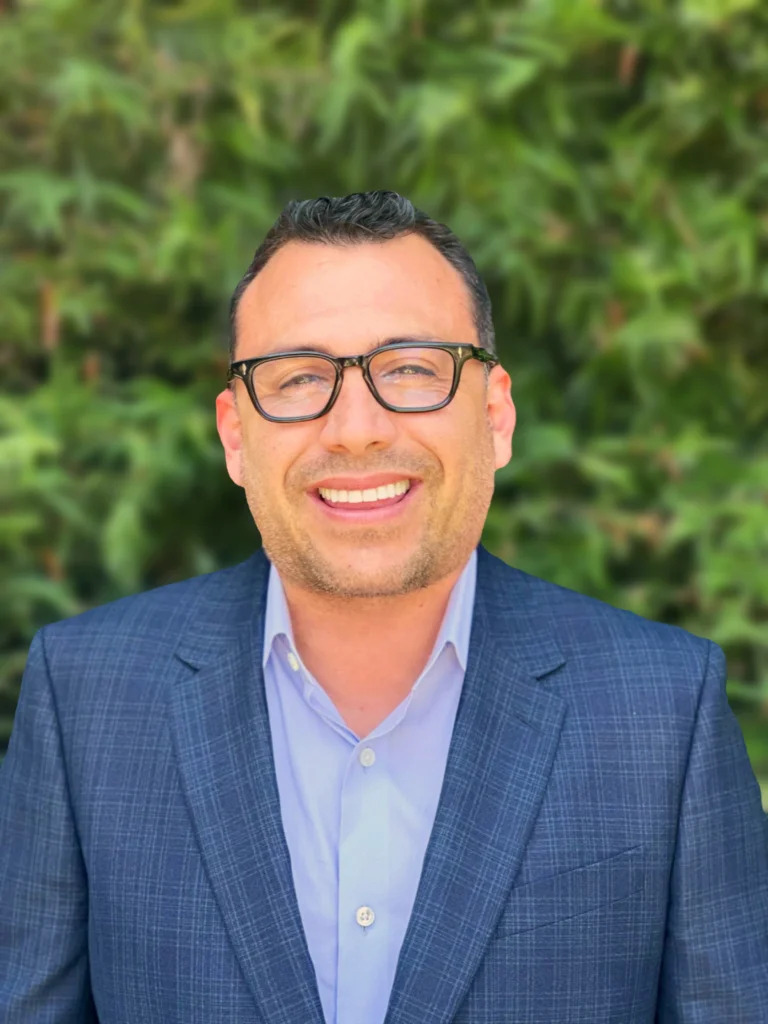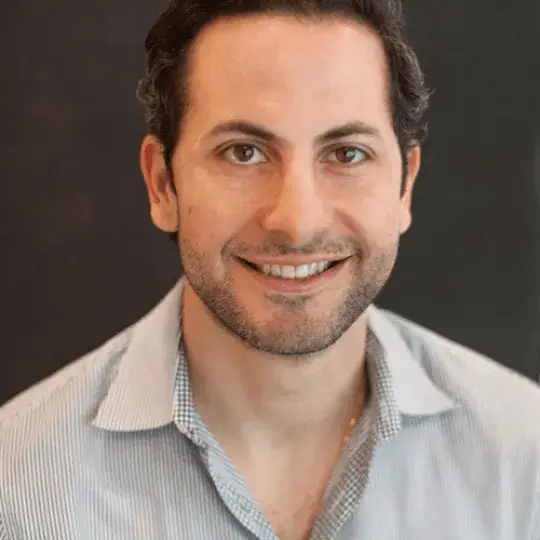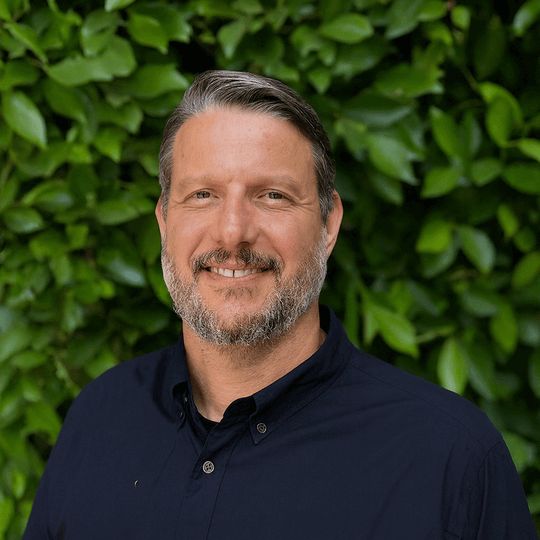Drug abuse and addiction has long been synonymous with the streets of Los Angeles, California. For decades, people hooked on drugs ranging from crack to heroin have flooded the streets looking to score more drugs, find a place to sleep, get a hot meal, or make money illegally to support their habit. The city has been continually rocked by drug abuse and addiction for so long that it is home to Skid Row, an avenue right in downtown Los Angeles where homeless drug addicts and alcoholics pitch tents in an effort to provide shelter for themselves.
Back in the 1990’s, the crack epidemic in Los Angeles was in full swing and many people (specifically African-Americans) were targeted in the war on drugs. Rather than focusing on getting treatment, they were locked up and slapped with hefty fines and long-term jail time. One of the reasons why treatment is encouraged today when a person is found guilty of a drug-related misdemeanor or minor felony is because of how ineffective the war on drugs in the Los Angeles area was roughly three decades ago.
But today, Los Angeles is not free from drug abuse or addiction. It is not a city that has been spared from the newest drug epidemic — the opioid epidemic — nor is it a city where rates of this type of abuse are coming down. Instead, the Los Angeles opioid epidemic has impacted and influenced countless individuals living in the area and those traveling through it.
How Did the Los Angeles Opioid Epidemic Begin?
The entire United States has been affected by the marketing decisions made by Big Pharma in the early 2000’s. At that time, OxyContin was just recently developed and manufacturers wanted to ensure that they sold as much of it as possible despite knowing how habit-forming it was. Therefore, representatives went out to medical facilities nationwide to pitch the benefits of prescribing OxyContin, stating that it was non-addictive and able to be prescribed freely. By the time medical professionals realized that none of that was in fact true, it was too late — people were already hooked and looking for more.
This occurred in Los Angeles just as it did in several other major cities. As time passed and the demand for OxyContin and other opioid-related drugs grew, there was an increase in opioid trafficking from Mexico into California. The proximity of Los Angeles to Mexico makes it a hub for drug trafficking, meaning that those living in that area have greater access to these powerful substances that most other people in the country. This is one of the reasons why Los Angeles has seen such a spike in opioid abuse, addiction, and overdoses.
Los Angeles Opioid Epidemic Statistics
According to the Drug Enforcement Agency (DEA), the areas throughout Los Angeles County that currently have the highest rates of opioid overdoses are as follows:
- Antelope Valley — 6.4 deaths per 100,000 residents
- The Metro region — 6.0 deaths per 100,000 residents
- West Los Angeles — 5.7 deaths per 100,000 residents
Nationwide, roughly 128 people die every single day from opioid-related overdoses, or approximately 47,000 people each year. In 2017 alone, California experienced 4,868 opioid overdose deaths, coming in 4th in the nation for opioid overdoses. Between 2001-2017, 464 people suffered an accidental opioid overdose each year in Los Angeles County, home to Long Beach, Santa Monica, Beverly Hills, and Burbank, to name a few. It remains a hotspot for opioid abuse and overdose.
Most current data reports that the prevalence rate of opioid use in Los Angeles sits at 4.7%, which is higher than the national rate of 4.3%. Additionally, hospitalizations and emergency room visits linked to opioid-related causes increased between 2011 and 2017 by 31% and 51%, respectively.
In 2018, it was reported that 39.5 people out of every 100,000 people living in California were prescribed an opioid. That number is considerably high, however it is nowhere near as high as other parts of the country that are seeing 100+ people out of every 100,000 people being prescribed opioids. What this shows is that there are still high rates of overprescribing of prescription opioids like fentanyl, oxycodone, hydrocodone, and so on. But in comparison to the severity of opioid addiction in Los Angeles, this statistic shows us that opioid users are relying on illicit and/or synthetic opioids that they can cop on the streets instead of at the pharmacy. The issue is not being driven by prescribing professionals only, nor is it being encouraged by pressure on the streets. Instead, it is a steady combination of the two that is helping to increase rates of opioid abuse, addiction, and overdose.
What is Being Done to Help?
Like many other areas of the United States, law enforcement and first responders are developing an education on addiction as a disease. They are learning how to administer naloxone, the generic name for the brand Narcan, an opioid antagonist that reverses the effects of opioid overdose. Whether provided intranasally or intravenously, when naloxone is used in time, it can save lives.
Not only are law enforcement and first responders getting greater access and education to naloxone, but so is the general public. Anyone can purchase naloxone at their local pharmacy and it can be prescribed if a person is at risk for overdosing or has someone in their family who is.
In an effort to help save lives, California is also leading the way in syringe exchange programs. These programs allow intravenous opioid users to obtain clean needles, have a safe space to go to, and get access to treatment resources in the area. A controversial decision, yes, however studies have shown that syringe exchange programs in the area have helped increase rates of treatment admission and lower rates of bloodborne diseases like HIV or hepatitis.
Do You Need Help?
Opioid addiction is not a joke. With each and every hit you take, you could be potentially ending your life. If you need help, reach out and ask for it. Call us right now to talk to our compassionate, experienced professionals to learn more about how we can help save your life.
Do not wait. You do not have time. Call us today.





